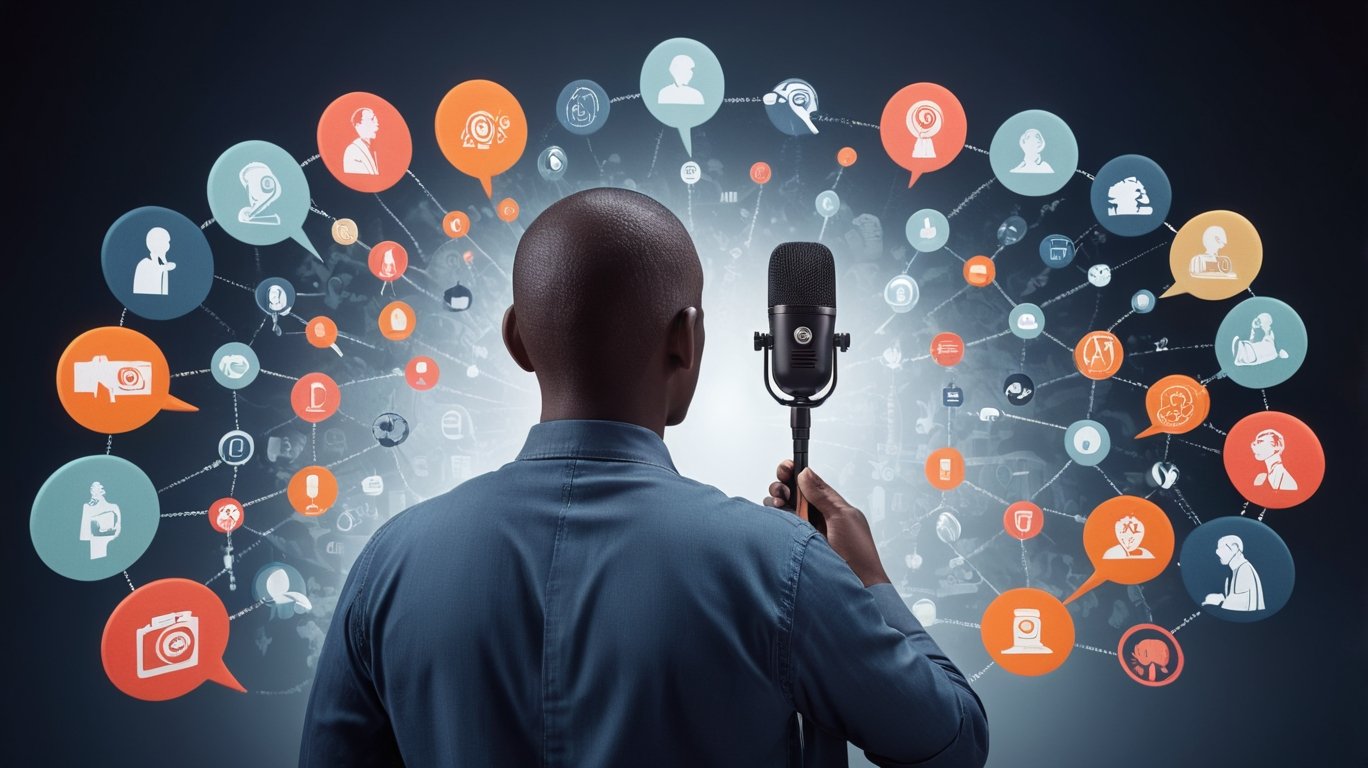10 Powerful Content Types You Can Create from a Single Interview
One of the best things about interview-based social media is that you can create a diverse range of content from each interview.
This approach not only maximizes your content output but also allows you to cater to different audience preferences across various platforms.
In this article, we'll go through 10 of our favourite content types that perform exceptionally well on social media, explaining what each is and why it's effective.
1. Short Video Clips (15-60 seconds)
These types of content are brief video segments extracted from your full interview, typically focusing on a single point, quote, or insight. Think of them as the "highlight reels" of your interview.
Why they work: These bite-sized videos are perfect for platforms like YouTube Shorts, TikTok, and Instagram Reels.
They capture attention quickly in today's fast-paced social media environment and are highly shareable. Use them to highlight a key insight, a compelling quote, or a brief explanation of a complex topic.
2. Long-form Video Content or Podcasts (3-30 minutes)
This content type involves extended video or audio content that covers the interview in greater depth. It's the full meal deal, allowing you to serve up comprehensive discussions and insights.
Why they work: Ideal for IGTV, Facebook Watch, YouTube, or podcast platforms, these longer formats allow for more comprehensive discussions.
They're great for building authority in your industry and attracting audience members who prefer in-depth content. Consider breaking longer interviews into a series to encourage repeat engagement.
3. Quote Graphics or Text Overlays on Images
These are visually appealing graphics featuring standout quotes from your interview. Imagine your interviewee's most impactful words, beautifully designed and ready to catch eyes as people scroll through their feeds.
Why they work: These eye-catching images are highly engaging and shareable across all platforms, particularly Instagram and LinkedIn. They allow you to distil complex ideas into digestible, visually appealing snippets that can quickly convey value to your audience.
4. Written Q&A Posts
This type of content presents the interview in a traditional question-and-answer format. It's like reading a transcript of the most interesting parts of your conversation, neatly organized for easy consumption.
Why they work: This format is easily consumed and allows readers to skim for the information most relevant to them. It's particularly effective for LinkedIn posts or Facebook updates, catering to audiences who prefer to read rather than watch or listen.
5. Infographics Summarizing Key Points
These are visual representations of the main ideas or data points discussed in your interview. Picture the key takeaways from your conversation transformed into an easy-to-understand, visually appealing graphic.
Why they work: Infographics appeal to visual learners and those who prefer information in a concise, graphical format.
They're particularly effective on Pinterest and Instagram but can work well across all platforms. Infographics can make complex information more accessible and are highly shareable.
6. Audiograms
This content type combines short audio clips from your interview with a static image or waveform animation. It's like a movie poster that talks, giving a sneak peek of the audio content.
Why they work: Audiograms combine the best of audio and visual content. They're great for Twitter and Facebook, where auto-play can grab users' attention.
They provide a teaser of your full interview content and can be an effective way to promote longer-form audio or video content.
7. Blog Posts or LinkedIn Articles
This is long-form written content that expands on the themes discussed in your interview. Think of it as taking the seeds of ideas from your interview and growing them into a full-fledged article or blog post.
Why they work: These pieces allow you to dive deep into topics, providing comprehensive coverage that positions you as a thought leader. They're excellent for SEO, helping to drive traffic to your website.
On LinkedIn, they can help establish your professional authority.
8. Instagram or Facebook Stories
These are short-lived content pieces that can include behind-the-scenes footage, teasers, or highlights from your interview. It's like giving your audience a backstage pass to your interview process.
Why they work: Stories create a sense of urgency and exclusivity. They're perfect for sharing casual, authentic moments that humanize your brand. You can also use interactive features like polls or questions to boost engagement.
9. Interactive Polls Based on Interview Topics
This type of content involves questions or surveys created from topics discussed in your interview. Imagine taking a fascinating point from your conversation and asking your audience what they think about it.
Why they work: Polls directly engage your audience, encouraging them to interact with your content. They not only increase engagement but also provide valuable insights into your audience's opinions and preferences, which can inform future content creation.
10. Downloadable Resources
These are valuable, practical content pieces based on your interviewee's expertise, such as checklists, templates, or guides. It's like distilling your interviewee's knowledge into a handy tool that your audience can use in their daily lives or work.
Why they work: These resources provide tangible value to your audience, encouraging them to engage more deeply with your content. They're great for lead generation, as users often don't mind providing contact information in exchange for high-value content.
Wrapping up:
By leveraging these diverse content types, you can extend the life of each interview, reach a wider audience, and cater to different content consumption preferences.
Remember, the key is to repurpose and reformat your content thoughtfully, ensuring each piece adds value and resonates with your target audience.
Want to try interview-based social media?
Apply for a week-long trial and experience the impact of interview-based social media marketing firsthand. Let's grow your business together! 🚀

